COVER YOUR ADAS
WHAT YOU NEED TO KNOW
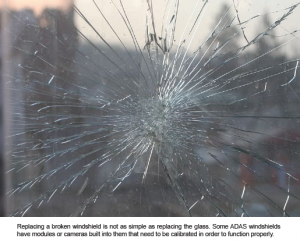 ADAS stands for Advanced Driver Assistance System. It refers to any electronic system that assists the driver while driving and is intended to improve vehicle safety.
ADAS stands for Advanced Driver Assistance System. It refers to any electronic system that assists the driver while driving and is intended to improve vehicle safety.
It is estimated that nearly 40 per cent of the new vehicles sold in Canada today have ADAS systems built into them and it is projected that by 2023, that figure could jump to more than 50 per cent.
This technology is designed to automate the operation of the vehicle systems into four broad categories: adaptive, automated, monitoring or warning. Adaptive systems are ones that adapt vehicle settings based on input from the surrounding environment.
Automated systems take over certain functions that the driver cannot do safely. Monitoring systems use sensors, cameras, or other means to observe the surrounding area or driving of the vehicle and assesses whether a correction needs to be made.
GLASS PANES
ADAS technology allows the systems in the vehicle to function properly and is built into a vehicle’s windshield. This technology will require more rigorous standards and qualifications for auto glass technicians.
Replacing a broken windshield is not as simple as replacing the glass. Some ADAS windshields have modules or cameras built into them that need to be calibrated in order to function properly.
Many features of ADAS are designed to capture external information through the windshields, which allows the vehicle’s computer to quickly analyze and efficiently provide the necessary action. The technology requires the automotive glass to meet or exceed the requirements in order to not reduce, distort, or impede the signal, which ultimately may cause the vehicle to react incorrectly.
As a result, automotive glass manufacturers must meet the requirements for the ADAS systems. These requirements include choosing the right raw materials, investing in product engineering, and setting up the proper quality inspection standards for production.
Every car manufacturer has its own specifications for ADAS calibration. These differences range from manufacturer to manufacturer, and in many instances, the same manufacturer will have differences from model to model. Only trust manufacturers who have the proven experience to produce the original specifications of auto glazing which enables the ADAS system to be recalibrated. Precise calibration ensures correct Pitch, Yaw and Roll of camera angle.
Ultimately, access to the ADAS requirements and glass specifications, is key to making consistent ADAS glass. Different car manufacturers have different approaches to specific ADAS designs for their specific models. ADAS sensors or cameras are most mounted on the glass. Once a windshield has been replaced, the position of the sensor or camera has ultimately changed, (even the slightest change will cause the need for calibration).
Recalibrate the camera or sensor after the replacement of the windshield is therefore necessary—whether OEM glass has been installed. In order to re-calibrate the ADAS windshields, special training, equipment and expertise are required. There are three types of calibrations: static, dynamic and a combination of the two.
STATIC CALIBRATION:
This type of calibration is performed in a shop where they have a specialized calibration tools such as electronic devices and laser targets specific to each model. Each vehicle manufacturer requires different target boards and specific predetermined standards set by the vehicle manufacturer. Examples of some requirements for Static Calibration:
- Clean and level floor with minimum 30-foot depth from rear bumper to target board
- Walls and floors cannot be black or white and cannot be checkerboard pattern
- Walls must be free of posters
- Technician’s clothing (no black or white colors, as it may interfere with the calibration process)
- Proper lighting
Some vehicle manufacturer requires both the Static and Dynamic Calibration’s to be done. These calibration tools help to duplicate the manufacturers settings, ensuring your vehicle maintains the safety features it originally came with.
WHEN SHOULD CALIBRATIONS BE PERFORMED?
- When your windshield has been replaced
- When the ADAS camera has been disconnected
- Camera is removed partially or develops a fault.
- After a wheel alignment or changes with the suspension.
All the above may affect how well your ADAS system works if it is not calibrated properly.
WHAT ARE SOME THINGS THAT CAN NEGATIVELY AFFECT THE CALIBRATION PROCESS, CAUSING IT TO FAIL?
- Not having a full tank of fuel.
- Having cargo in the trunk or the back seat.
- Not having a proper wheel alignment.
- Not having the windshield installed properly.
- Items that may potentially affect the Dynamic calibration process:
- Not having proper weather conditions
- Not having proper signage and painted lines on the road.
- Not maintaining the speed required to perform the dynamic calibration.
While most drivers are not aware of the need to re-calibrate the ADAS systems to avoid potential safety risks. Nevertheless, when an ADAS windshield is replaced, the cameras must be recalibrated. This is a critical process to ensure the driver and passengers’ safety

Howard Berg is the regional sales manager for Canada at Fuyao North America Inc. Fuyao manufactures windshields for vehicles with ADAS functions according to the varying model requirements set out by OEMs.
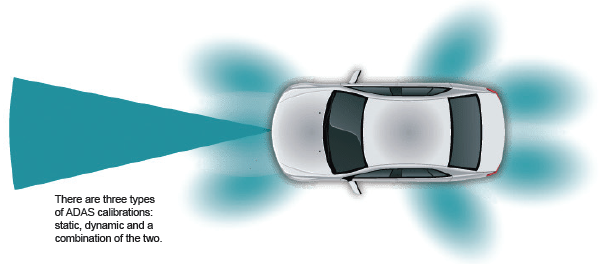

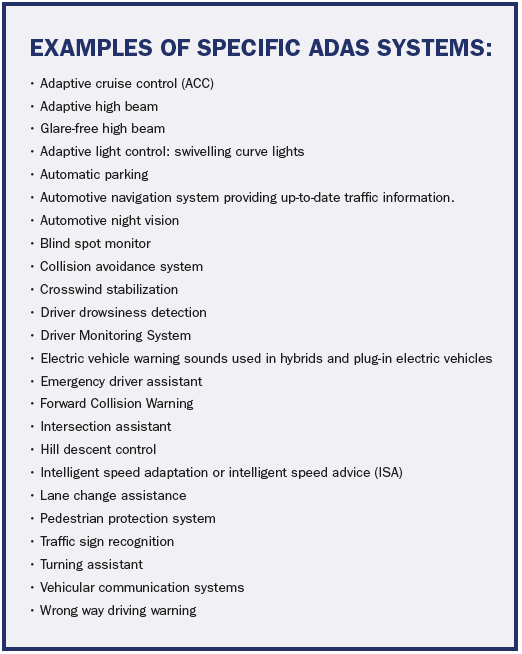



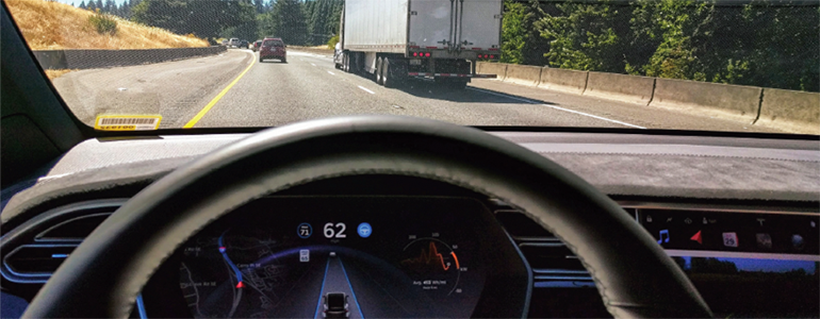










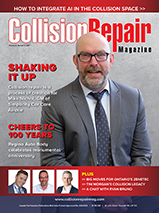







One Response
I liked it when you shared that there are many features of ADAS that are designed to capture external information through the windshields. In fact, it is intended to improve overall vehicle safety. I would like to think if a car owner wants to improve the safety of his vehicle, he should consider getting ADAS calibration from a reliable service.